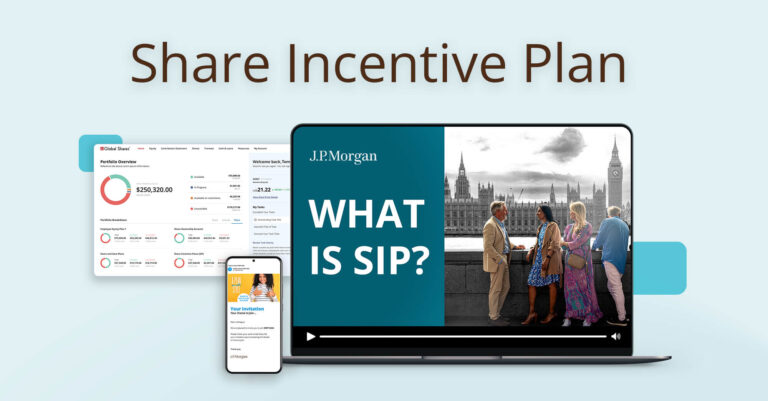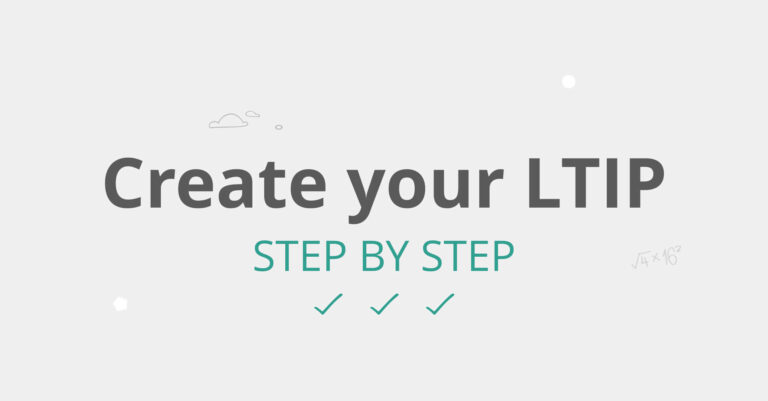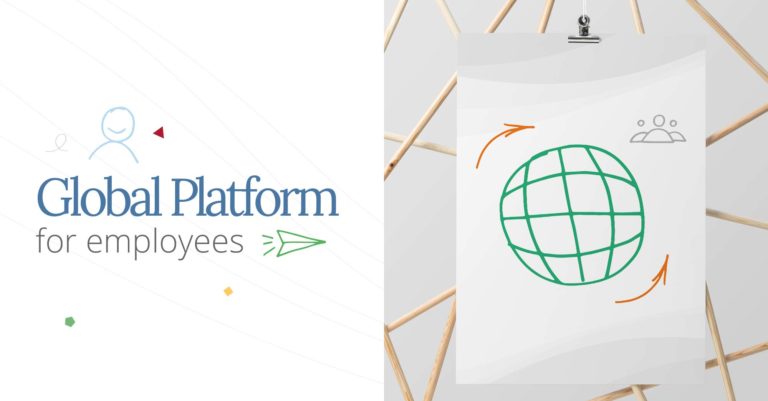Offering employee equity is a gamechanger—it turns employees into owners.
But employee ownership itself can be quite complicated—or at least it can come with a lot of paperwork and processes. And that’s where a lot of employees start to lose enthusiasm.
In this article, we’ll talk about
- Why communicate equity compensation?
- What to talk about in the comms plan?
- How to communicate equity compensation to employees?
Why communicate equity compensation?
Employee ownership is a gamechanger
Suddenly, your employees become the company’s owners. It’s a big change for them. The main difference is mission alignment.
Employee ownership ties together all of the missions in your company, across all departments, and aligns them toward one common goal. So, it’s important to clearly communicate it.
Equity awards can be complicated
Nobody wants a benefit if it’s too complicated. If employees don’t understand what a reward does or what it’s worth, it’s hard to feel rewarded. Besides, some employees might believe that they have to do a lot more work in order to access the reward.
So, a comms plan should spell out the how, what, when, and why of equity compensation to allow employee-owners to actually feel the benefits so that you can make the most of it and bring out the best in your employees.
So, communicating your equity plan effectively and convincingly is absolutely mission-critical. But what should be considered in the comms plan?
What to talk about in the comms plan?
An equity compensation plan can vary from company to company, so there’s no one-size-fits-all comms plan. But there’re some basics every employee would want to know. They are:
- Overview of employee ownership, e.g. definition, how it works and benefits
- What equity awards or employee stock plans do you offer?
- How does each work and benefit your employees? (e.g. tax savings, financial well-being)
- Tax implications
- Key dates for them to remember, e.g. plan invitation date, closing date for applications, first payroll deduction month, contract start date, maturity date, and so on
- How to join?
- Contact details
- FAQs, e.g. if what happens to my equity if I quit, when is the best time to sell my shares, and so on
A good comms plan should be customizable and address likely questions from employees. After deciding on the elements that need to be communicated, you’ll now need to consider how to talk about them?
At Global Shares, our dedicated team knows what is involved in designing a communications strategy geared toward you achieving your goal – maximizing participation in your stock plan. Speak with us today.
How to communicate an equity compensation plan to employees?
To communicate a plan well, you first need to define objectives – do you aim to raise awareness, understanding, or appreciation of equity compensation? Then, align your comms strategy with them and refine the elements in the last section.
Other considerations to help you deliver an effective comms plan are to:
1. Make a schedule
To grant an award, there’re usually multiple key dates an employee needs to know. You can plan some communications for each key date or milestone to guide them through step by step. But don’t forget to include some ‘’equity 101’’ sections to educate them on the basics before introducing the awards.
When making a schedule, think about timing. If you send a communication too far in advance of an event, people might forget. And if you send them too late, then you don’t give anyone a chance to act on the information, or follow up with questions.
Give sufficient notice – Nobody likes surprises
2. Find the right tone and communication language
Although we’re trying to communicate something important here, the tone of voice doesn’t need to be strictly formal. The communications can be friendly and still be trustworthy and professional.
Communicating in an inclusive, kind way allows others to feel more psychologically safe, which translates to higher levels of trust (Source: Gianna Driver, Chief Human Resources Officer, Exaheam)
3. Diversify communication channels
A single approach doesn’t work because we process information differently – some prefer to read while some prefer to listen.
It’s ideal to use a variety of channels to reach your employees such as a brochure, company intranet, email, town hall meetings, zoom meetings, well-designed newsletters and videos, and coffee mornings. You should also have regular channels for employees to engage directly with your company’s plan experts.
By engaging with your employees on a personal level, your plan will see a lot more success.
Companies have shifted from in-person presentations to webinars for communicating an equity compensation plan. 63% of the companies used webinars for plan communication in 2020 compared to only 38% in 2017. (Source: NASPP 2020)
4. Make it clear with examples, charts, and a timeline
When you’re showing the participants how an equity award works, make sure to explain it all in clear, jargon-free language. Nothing sinks a plan faster than employees not understanding what exactly they’re enrolling in.
You can also utilize different forms of media to educate employees, e.g. using a timeline to explain the entire process from grant issuance to vesting and selling. Check out our ESPP guide which has a timeline illustrating the plan process and tables explaining its features and tax events with examples.
5. Put it into action
Every great communication has a clear call to action. When your audience is convinced, they want to do something. So, make sure there’s a concrete call to action that tells them exactly what to do next.
A great call-to-action should be along the lines of: ‘Do it now and do it here,’ with a direct link.
6. Measure, get feedback, and improve
Still not getting a good result? We get it..
Communication is a two-way street. Too often, companies focus on throwing out as much information as they could. But the other side – what employees think and feel – is arguably more important.
So, make sure you get feedback from your employees and encourage them to ask questions so that you can improve your communication strategy.
At Global Shares, we’re experts in communicating the benefits of equity plans and employee ownership – we’ve seen first-hand how they can transform both companies and employees for the past 15 years.
Contact Global Shares to see how we can help transform your employee ownership offering today.











